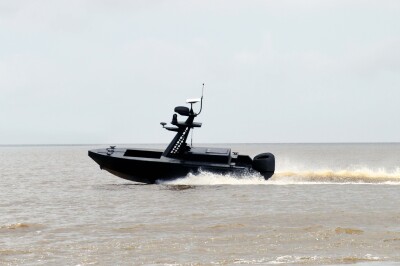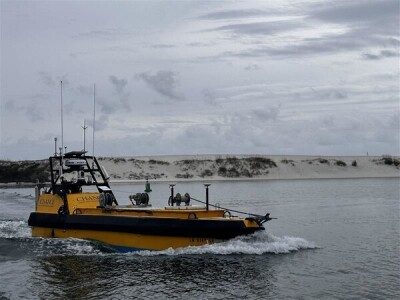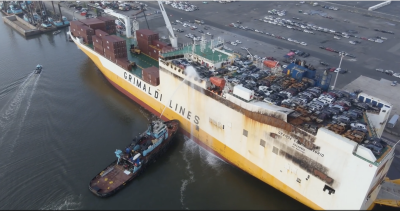A White House idea for slashing the Coast Guard budget did not even make it to Capitol Hill to be pronounced dead on arrival.
Early reports that the Office of Management and Budget wanted a $1.3 billion cut to the Coast Guard budget — about 14% of budget, including the ninth National Security Cutter yet to be built — almost immediately generated a gang-up in Congress, with 23 members of the Senate and more than 60 in the House signing on to sharp-worded opposition letters.
“Nonsensical” was one favored retort, with lawmakers from both parties pointing out Coast Guard cutbacks would work in opposition to the Trump administration’s public policy on border security.
The pushback had obvious effect on a White House team that does not like to admit a loss. In keeping with that style, within a week Trump budget director Mick Mulvaney was insisting that reports of the OMB proposal were “not accurate,” and denying the shipbuilding had been targeted.
The first budget proposal released March 16 included a 6.8% increase in the Department of Homeland Security, the Coast Guard’s parent Cabinet agency. Nowhere was there a mention of the OMB proposal.
Instead, the Homeland Security's budget statement assured it "sustains current funding levels for the U.S. Coast Guard, which allows for the continuation of day-to-day operations and investments in the acquisition, construction and improvements account."
That came as a big relief to Coast Guard leadership — and to workers at Huntington Ingalls Shipbuilding, Pascagoula, Miss., where the Coast Guard has already paid for pre-production materials for building the ninth NSC.
As the budget emerged, Commandant Adm. Paul Zukunft described that project, and the at-sea successes of its predecessors, as major accomplishments in his annual State of the Coast Guard address at the National Press Club in Washington, D.C.
The fourth cutter in the 418’x54’ NSC-class, the Hamilton, intercepted 26 metric tons of cocaine on its first patrol, Zukunft said. That single incident, he said, showed how the cutter “more than pays for itself in less than 100 days.”
A week before, the Coast Guard took an opportunity to schmooze with members of the House Appropriations Committee, hosting breakfast and a tour of the new Fast Response Cutter Lawrence Lawson during a stopover at Washington en route to its homeport at Cape May, N.J.
Vice Commandant Adm. Charles Michel was on hand for that event, just days after reports about the OMB threat had emerged. The 154’ Sentinel-class FRCs are already setting their own historic records — including the cutters of Sector Puerto Rico that coordinated the Coast Guard’s second-largest passenger ship evacuation during the Caribbean Fantasy ferry fire in August 2016, and the biggest Atlantic cocaine interception in almost 20 years last month.
The latest FRCs from Bollinger Shipyards, Lockport, La., achieved another milestone, Michel said at the Lawson’s March 18 commissioning.
“The fourth consecutive Fast Response Cutter delivered with zero construction defects, almost unheard of in the shipyard industry,” said Michel.
Advocates say those kinds of stories still have not helped the Coast Guard get the funding levels it really needs. But they may have saved the service from the chopping block this time around, and perhaps focused attention in Washington on its true worth.





